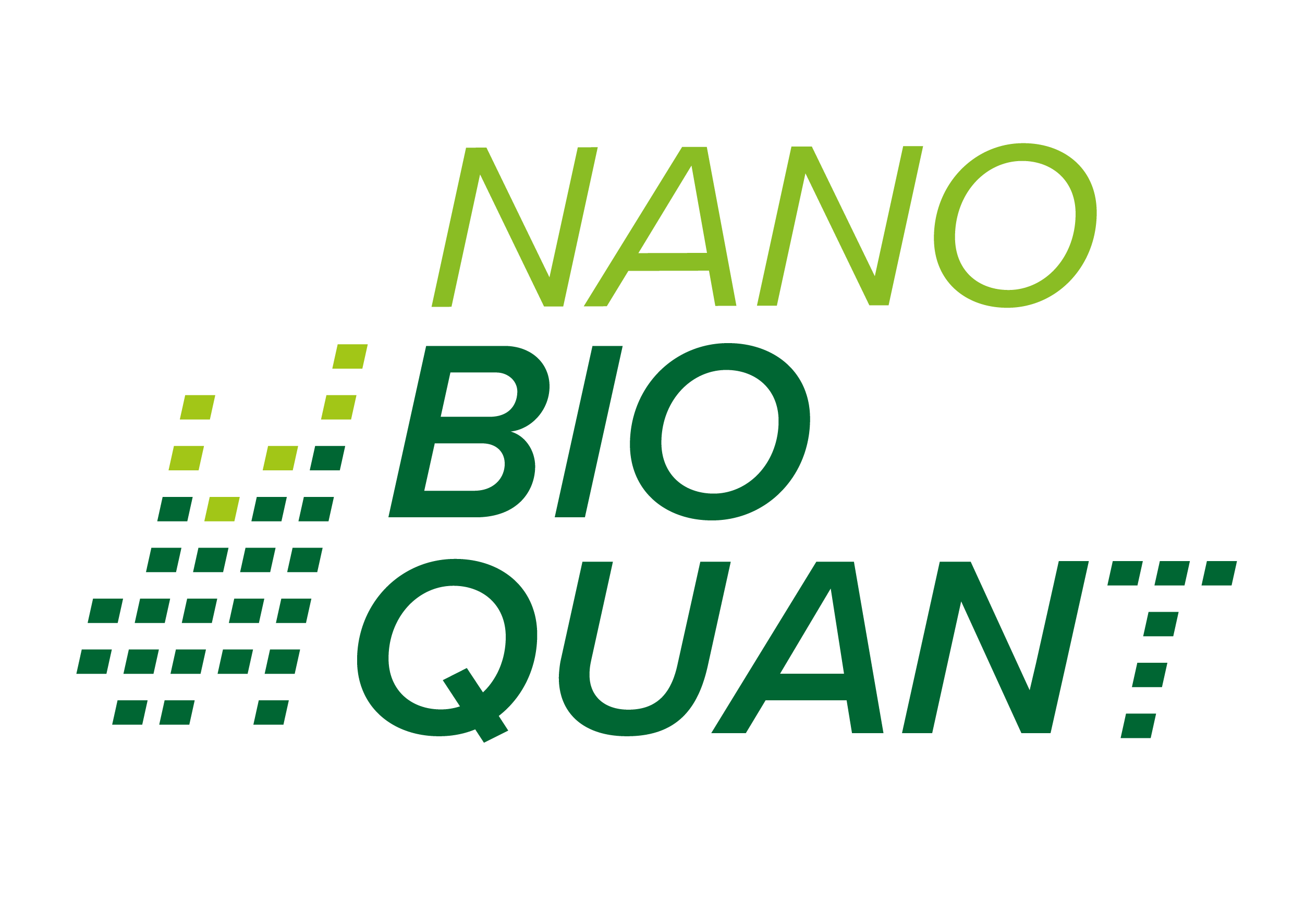 >
NanoBioQuant invites you to its Final Conference
>
NanoBioQuant invites you to its Final Conference

New approaches for risk assessment and detection of nanoparticles in peripheral tissues
The assessment of the safety of nanomaterials (NM) and nanotechnology products is based on toxicological studies that need to be in accordance with regulatory criteria. In this context, the distribution of NM in the organism plays a key role in understanding NM effects. Although it is now known that inhaled NM can reach organs such as liver, spleen and kidney NM, studies on the localization of NM within these organs are lacking. Which cell types take up or accumulate nanomaterials? And what effects can be expected as a result?
To clarify these questions, studies on NM’s organ distribution were carried out for the first time secondary to a long-term inhalation of low NM concentrations. In this 3 years-project led by Prof. Martin Wiemann (IBE R&D gGmbH Münster), scientists from the University of Münster, Tascon GmbH and BASF were given the opportunity to test and optimize various analytical methods and to use them for the detection of nanomaterials in tissues. Cell types that take up or accumulate nanomaterials were identified and provided the basis for cell models with the help of which biological effects of NM were investigated. The overall goal was to transfer NM concentrations found in the organ to these cell models.
When: Friday, September 30, 2022
Where: online meeting via Zoom, registration required
Start: 9:00 a.m.
End: 4:30 p.m.
Conference language: English
The one-day event will give insight into the methodological aspects of new microscopy techniques and state-of-the-art spatially resolved mass spectroscopic techniques for the detection of organic and inorganic NM. Special emphasis will also be put on imaging techniques to detect tissue alterations and label-free analysis of cells and tissues.
The research project has been funded by the Ministry of Education and Research (BMBF) and brings together experts from science and industry. All of them will have their say at the final conference – and will be able to talk to interested colleagues.
Registration is open until September the 25th (via nanobioquant.de).